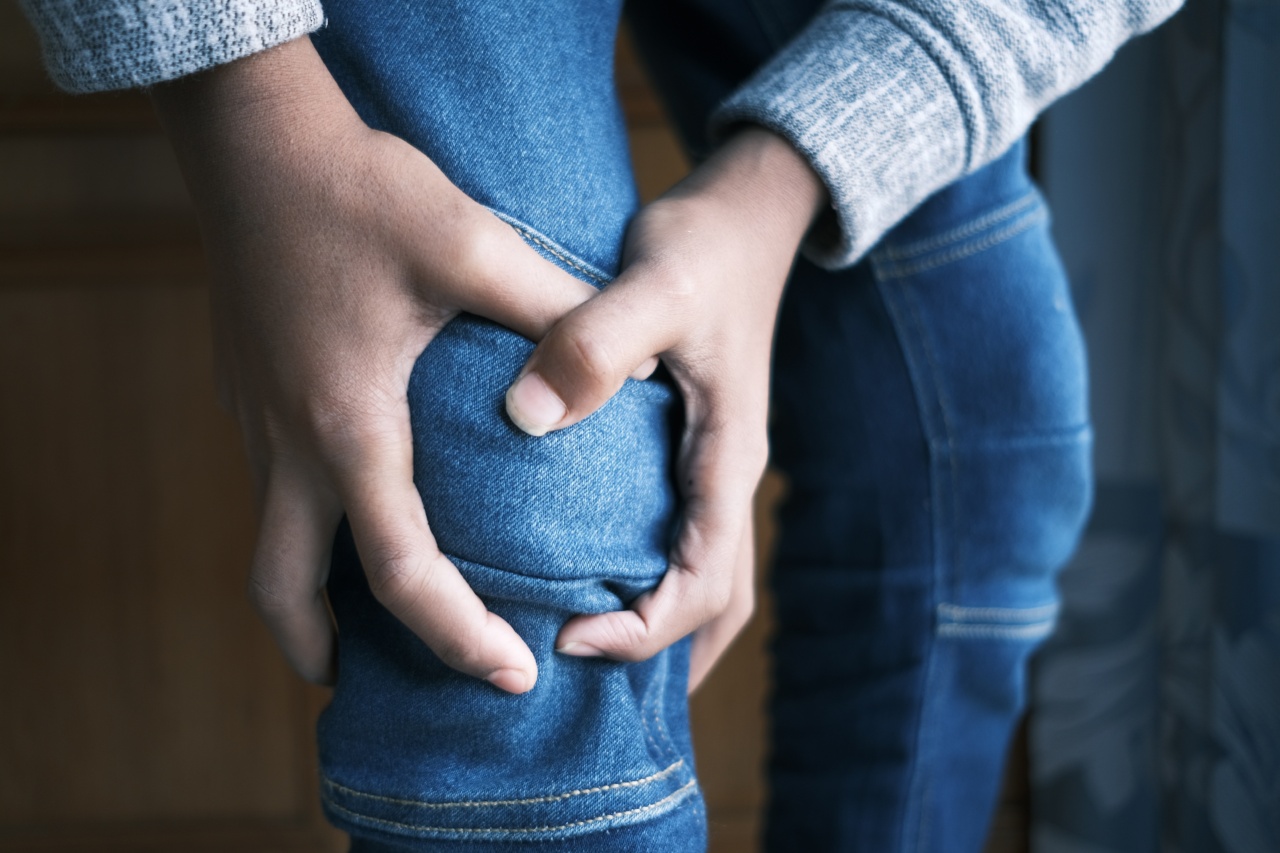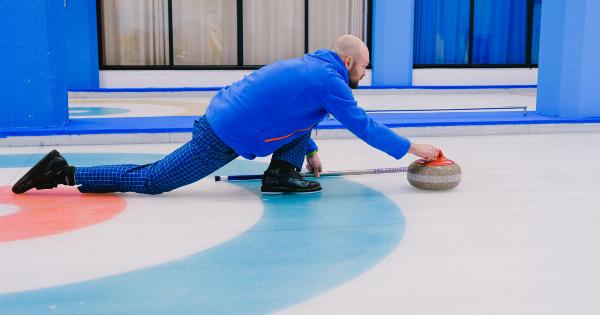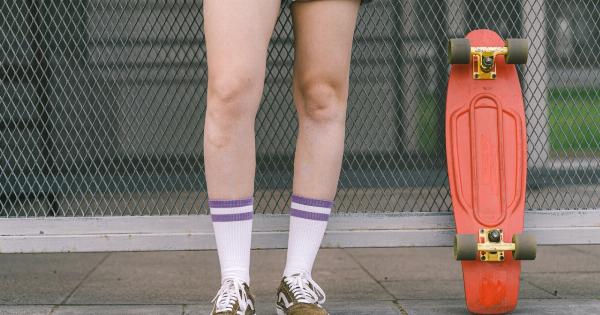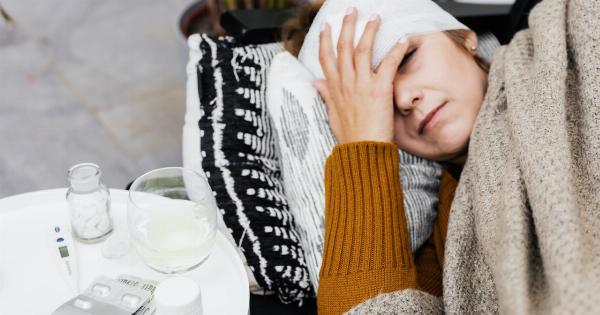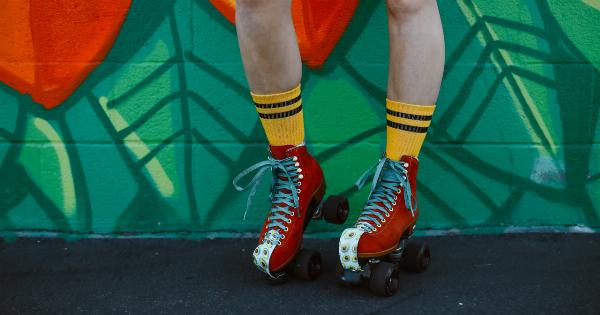Knee pain can be debilitating, affecting your ability to walk, exercise, and perform everyday tasks. Whether the pain is due to an injury, arthritis, or overuse, finding relief is essential for maintaining an active and healthy lifestyle.
Thankfully, there are several techniques that can help alleviate knee pain and improve your quality of life. In this article, we will explore five effective strategies for reducing knee pain.
1. Exercise and Strengthening
One of the most effective ways to reduce knee pain is through exercise and strengthening. Engaging in regular physical activity can help strengthen the muscles surrounding the knee joint, providing stability and support.
Low-impact exercises such as swimming, cycling, and walking are particularly beneficial for people with knee pain. These activities not only strengthen the muscles but also improve flexibility and joint function.
Additionally, specific strengthening exercises can target the quadriceps, hamstrings, and calf muscles to alleviate knee pain. Exercises like leg presses, squats, and lunges help build muscle strength while reducing stress on the knee joint.
However, it is essential to consult a healthcare professional or physical therapist before starting a new exercise regimen to ensure proper form and prevent further injury.
2. Weight Management
Maintaining a healthy weight is crucial for reducing knee pain. Excess weight puts additional strain on the knee joint, leading to increased pain and discomfort.
By adopting a balanced diet and engaging in regular physical activity to manage weight, the pressure on the knees can be significantly reduced.
Healthy weight loss techniques include consuming a diet rich in fruits, vegetables, lean proteins, and whole grains. Avoiding or limiting the consumption of processed foods, sugary drinks, and high-fat snacks can also contribute to weight management.
Combined with regular exercise, weight loss can help alleviate knee pain and improve overall joint health.
3. Hot and Cold Therapy
Applying hot and cold therapy to the affected knee can provide temporary relief from pain and inflammation. Hot therapy helps relax the muscles and improve blood circulation, while cold therapy numbs the area and reduces swelling.
Both methods can be used alternately to provide significant relief.
To apply hot therapy, use a warm towel, hot water bottle, or heating pad. Ensure the temperature is comfortable and not too hot to avoid burns. Apply the heat for 15-20 minutes at a time, multiple times a day, if needed.
For cold therapy, use a cold pack or wrap ice cubes in a towel. Apply the cold pack to the knee for 10-15 minutes, several times a day. It’s important to wrap the cold pack or ice cubes to protect the skin from ice burns.
4. Supportive Footwear
The type of footwear you wear can significantly impact knee pain. Wearing supportive, well-cushioned shoes can help absorb shock and reduce the pressure on your knees.
Look for shoes with cushioned insoles, arch support, and a low heel to promote proper alignment and reduce strain on the joints.
If you have a specific foot condition or experience recurring knee pain, you may benefit from orthotic inserts or custom-made shoe inserts. These devices can provide additional support and correct any abnormalities in foot biomechanics.
Consulting a podiatrist or orthopedic specialist can help determine the best footwear options for your specific needs.
5. Physical Therapy and Massage
Physical therapy is a valuable tool for managing knee pain. A physical therapist can guide you through specific exercises and stretching techniques to improve muscle strength, flexibility, and joint stability.
They can also provide hands-on treatments such as massage, joint mobilization, and ultrasound therapy to relieve pain and reduce inflammation.
Regular physical therapy sessions can help improve knee function and provide long-term pain relief. The therapist will create a personalized treatment plan based on your specific needs and goals.
It is essential to follow their recommendations and perform the prescribed exercises consistently for optimal results.
Conclusion
Knee pain can significantly impact daily activities and overall quality of life. By incorporating these five techniques into your routine, you can effectively reduce knee pain and improve joint function.
Remember to consult with healthcare professionals or specialists before starting any new exercise or treatment regimen, as they can provide personalized advice based on your unique circumstances.
